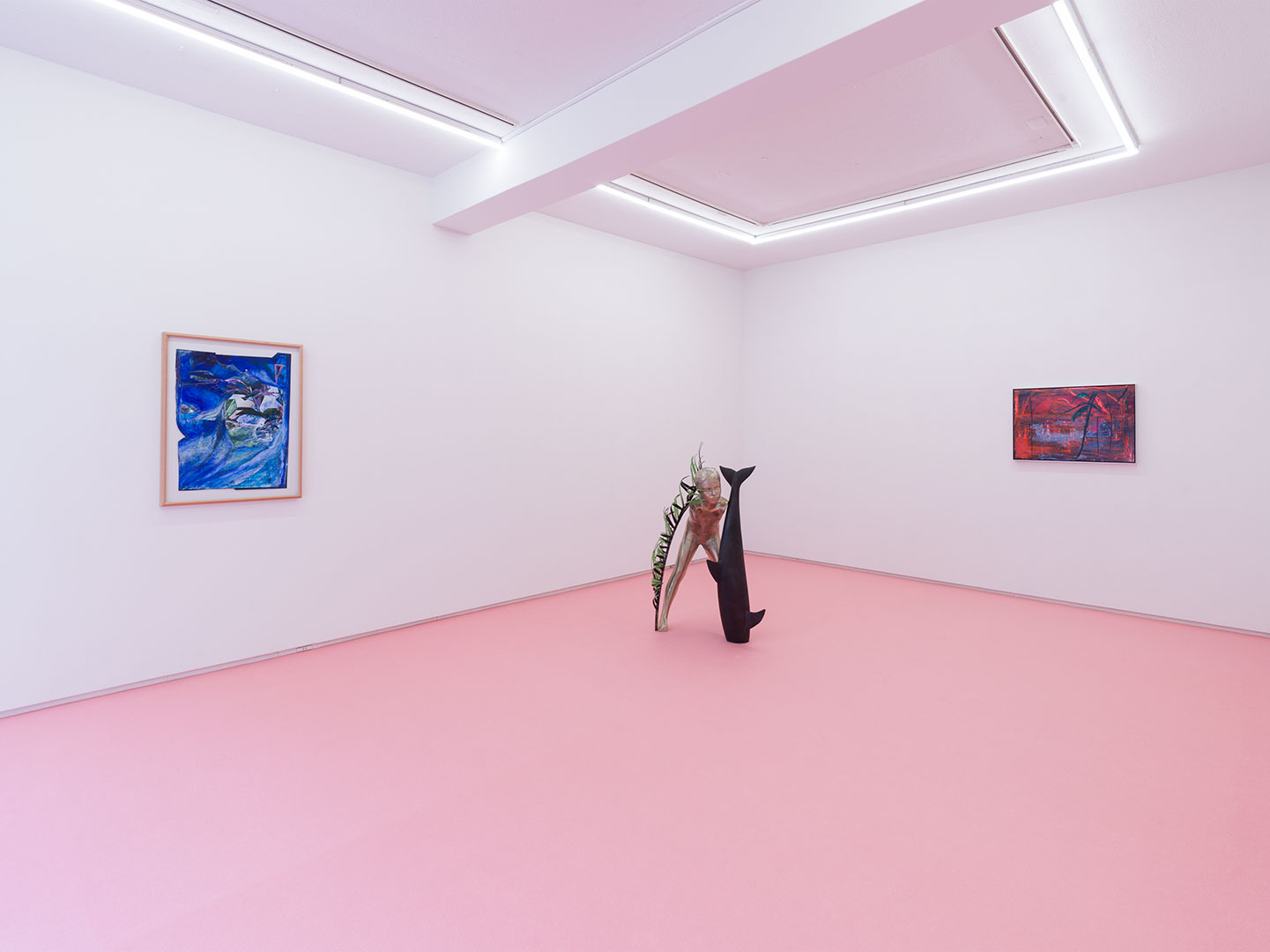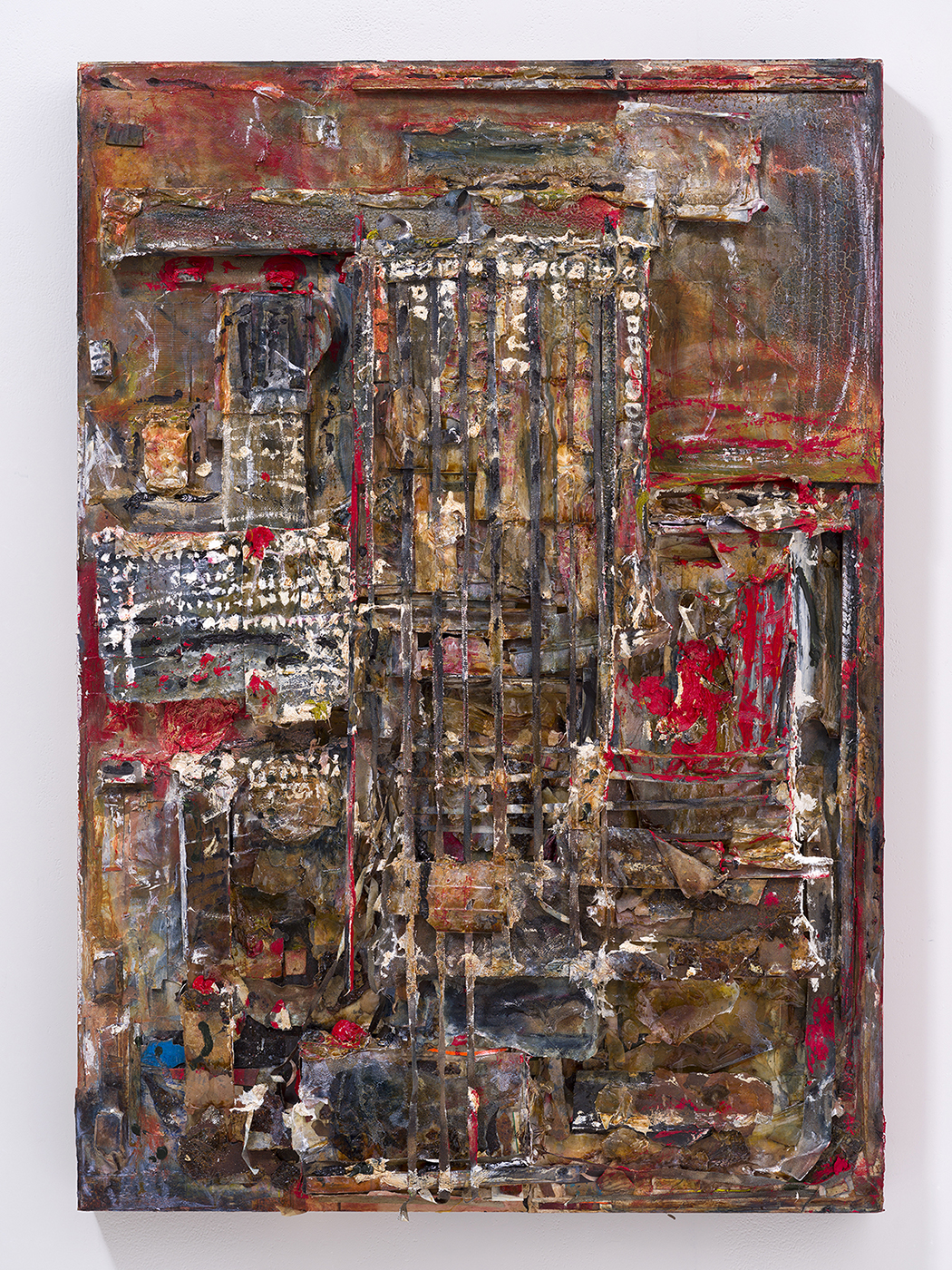VENUES

Courtesy of Take Ninagawa, Tokyo, photo by Kei Okano
Take Ninagawa
Azabu-Juban
Established in 2008, Take Ninagawa is dedicated to promoting emerging and historically established Japanese artists in a cross-generational, international framework. Represented artists build upon precedents in Japanese Postwar experimental art while developing unique approaches for addressing contemporary concerns. International artists in the gallery’s program are invited to respond to the unique context for contemporary art and culture in Japan while giving expression to the broader perspectives they bring with them. Each exhibition at the gallery is conceived on a project basis, with artists encouraged to develop ideas across series of exhibitions. Driven by a mission to produce new values that can challenge entrenched power structures in art and society, Take Ninagawa frequently collaborates on initiatives with other galleries in Japan, the Asia Pacific, and beyond. Represented artists include Ryoko Aoki, Thea Djordjadze, Kazuko Miyamoto, Shinro Ohtake, Aki Sasamoto, Danh Vo, and Tsuruko Yamazaki.
Take Ninagawa
1F 2-12-4 Higashiazabu, Minato-ku, Tokyo
+81-(0)3-5571-5844
Exhibition Information
Shinro Ohtake
"Mnemoscape"
"Mnemoscape"
October 30 – December 18
Through his assemblages, collages, drawings, mixed-media paintings, sculptures, architectural projects, experimental films, and noise music, Shinro Ohtake (b. 1955) has carried out a sustained interrogation of contemporary cultural production and its modes of circulation and reception. The formal engine of Ohtake’s practice is his ongoing “Scrapbooks” project, begun in 1977, in which scraps of ephemera and found materials are pasted into dense, quasi-sculptural books that also function as archival repositories of the artist’s world. Made with thick accretions of oil paint mixed with marble powder, sand, gravel, and other materials, and incorporating three-dimensional structures, Ohtake’s newest series, “Mnemoscape”—pieces from which will be on view in this exhibition—is driven by a search for what he refers to as “the scenes that remain at the end of memory.” Changing appearance according to the surrounding light and the viewer’s perspective, the works shift between flat painting, receding vitrine, and projecting architectural model. They identify the point where the limits of preservation prompt creative invention.

© Shinro Ohtake, courtesy of Take Ninagawa, Tokyo, photo by Kei Okano